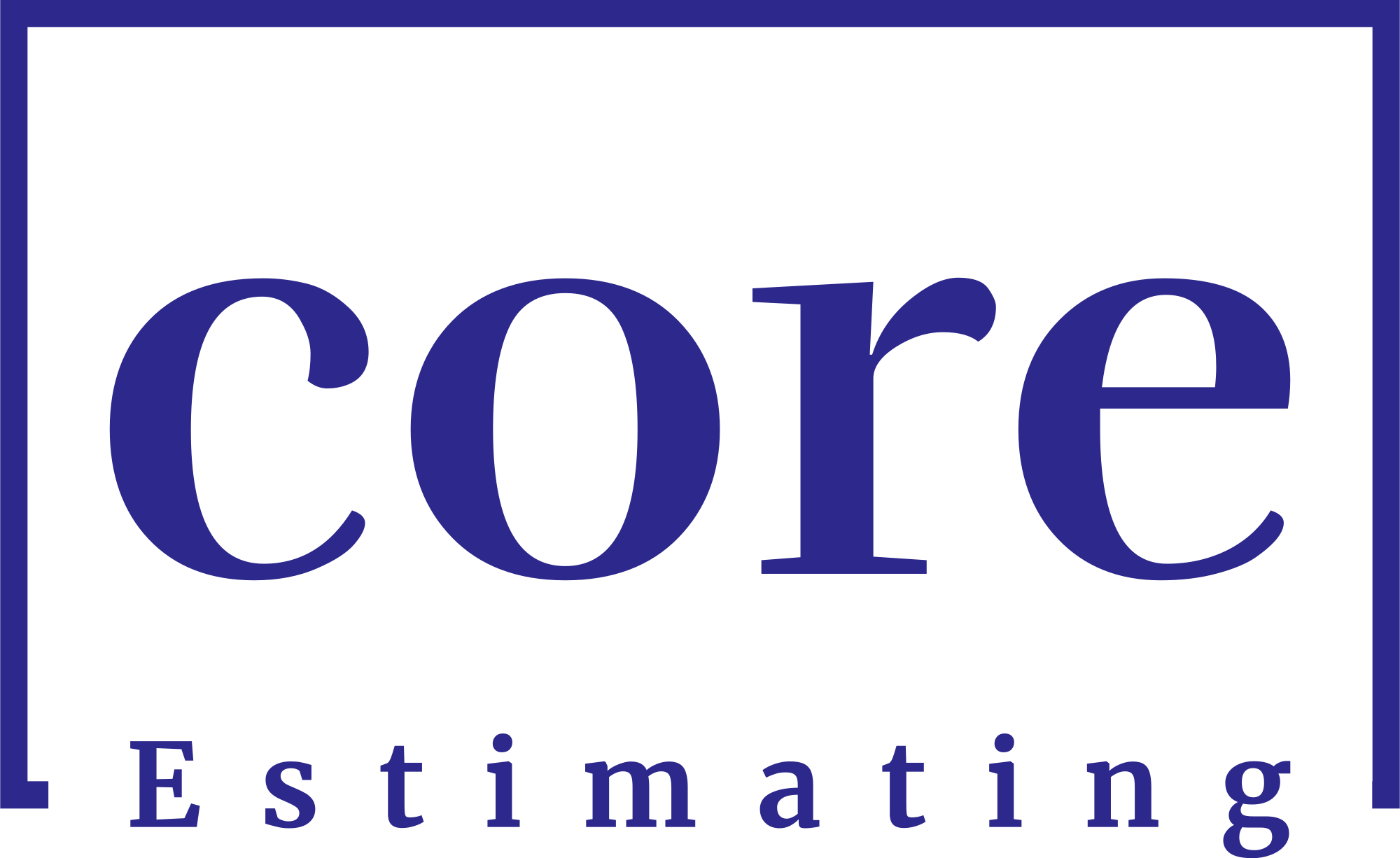In the intricate world of project management, the accurate prediction of the financial resources needed to complete a project or product is paramount. One of the most critical factors to successful project execution is having an accurate, comprehensive, and reasonable cost estimate.
Importance of Cost Estimates
An accurate cost estimate provides a clear understanding of how much a project will cost and is often used as a benchmark against which actual costs can be compared. This understanding is fundamental not only for budget allocation but also for decision-making, risk assessment, and project planning.
If you’re in need of construction estimate services, simply go to homepage or follow the links below:
| Services | Links |
|---|---|
| Detailing Services | Link |
| Building Information Modeling | Link |
| General Contractor | Link |
| Subcontractors | Link |
| MEP | Link |
What is a Cost Estimate?
A cost estimate is a forecast of the costs associated with a project, product, or operation. It includes all the monetary resources required to complete a project within its defined scope. But what elements should we consider when estimating these costs? There are three primary elements to consider: direct costs, indirect costs, and contingency. Let’s dive deeper into each.
Three Key Elements
Direct Costs
Direct costs are the expenses that can be directly attributed to the production of a specific good or service. They can be easily traced and allocated to individual projects.
Direct costs are usually variable costs, meaning they change with the volume of output. If you produce more, you spend more, and vice versa.
Examples include salaries of employees directly involved in the project, raw materials, equipment used in the project, and any other costs directly attributable to the project.
Indirect Costs
On the other hand, indirect costs are those costs that cannot be directly attributed to a specific project. They are often fixed costs that need to be allocated among various projects.
Indirect costs may include overhead costs such as administration, utilities, and general office expenses. They are necessary for the operation of the company but cannot be directly tied to one specific project.
Examples might include the salary of the CEO, rent for the office building, or utilities for the company. These costs may not vary much regardless of the number of projects the company undertakes.
Contingency
The third and final element of a cost estimate is the contingency. This is an amount set aside to cover unexpected costs that arise during the course of a project.
A contingency is essentially a safety net, a buffer against the unpredictability inherent in every project. The aim of having a contingency is not to spend it, but rather to have it available should the need arise.
The size of the contingency fund will depend on the level of uncertainty and risk associated with the project. A project with a high level of uncertainty might have a larger contingency, while a project with a low level of risk might have a smaller one.
The Art of Estimating Costs
Cost estimating is not just a science; it’s also an art. It requires a balance of knowledge, judgment, and experience. With the use of various tools and techniques, project managers can create more accurate and realistic cost estimates.
Tools and Techniques
Cost estimation tools and techniques may include analogous estimating, parametric estimating, bottom-up estimating, and three-point estimating, among others. These tools can help manage the unpredictability and variability of costs, thereby improving the accuracy of the estimate.
Conclusion
In summary, cost estimates play an essential role in project management. A well-planned cost estimate needs to consider the three key elements: direct costs, indirect costs, and a contingency for unexpected expenses. By understanding these elements, project managers can more accurately predict the financial resources required for a project, thereby increasing the chances of project success.
FAQs
1. What are direct costs in cost estimation?
Direct costs are those costs that can be directly attributed to a specific project. Examples include employee salaries, raw materials, and equipment used directly in the project.
2. How are indirect costs different from direct costs?
Indirect costs cannot be directly tied to a project. They are usually overhead costs such as administrative expenses, utilities, and general office expenses.
3. What is the purpose of the contingency in a cost estimate?
A contingency is an amount set aside to cover unexpected costs during the project. It serves as a financial safety net.
4. How can I improve my cost estimating skills?
Improving cost estimating skills can involve gaining more experience, learning from past projects, and using various cost estimation tools and techniques.
5. Why is cost estimating important in project management?
Cost estimating provides a benchmark for the expected costs of a project. It aids in budget allocation, decision-making, and risk assessment.






